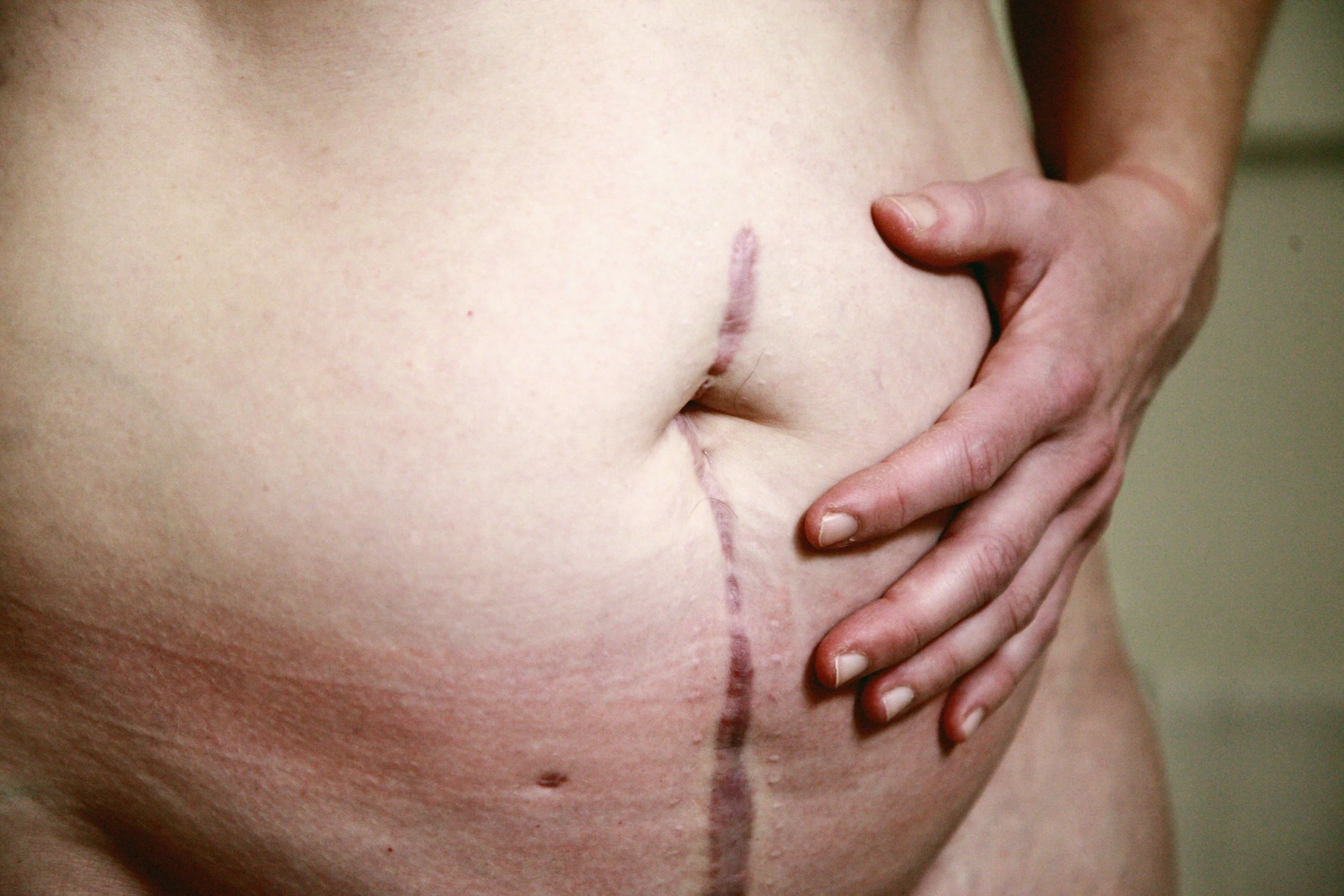How Stress Disrupts Your Hormones: The Oestrogen & Progesterone Link
We often think of stress as something we “just need to manage.” But what if your bloating, mood swings, anxiety, and irregular cycles weren’t just hormonal? What if they were your body’s stress response showing up in disguise?
As a nutritional therapist specialising in women’s mental health and hormonal balance, I see time and time again how chronic stress directly affects oestrogen and progesterone levels.
Let’s break it down.
The Stress Hormone: Cortisol
When your body perceives stress — whether physical, emotional, or environmental — it produces cortisol, your main stress hormone. Cortisol is essential in small doses: it helps you get out of danger, wake up in the morning, and respond to challenges.
But chronic stress is a different story. When cortisol is high all the time, your body starts to shift its priorities. Instead of focusing on things like digestion, fertility, and balanced hormones, it shifts into survival mode.
Cortisol and the “Progesterone Steal"
Cortisol and progesterone are made from the same precursor hormone: pregnenolone. This means when your body is under stress, it diverts that raw material away from progesterone to keep cortisol levels up; a phenomenon often called the "progesterone steal."
Why does this matter?
Progesterone is the hormone that helps you feel calm, stable, and supported, especially in the second half of your cycle (the luteal phase). It supports mood, sleep, and helps regulate the effects of oestrogen.
When stress is high and progesterone is low, the following symptoms often appear:
Mood swings
Anxiety or low mood
Poor sleep
Spotting before your period
Irregular or missed periods
Difficulty conceiving
When Oestrogen Becomes Dominant
Low progesterone doesn’t just cause its own set of issues; it also affects oestrogen balance.
When progesterone is too low, even normal levels of oestrogen can become relatively high; a state often called oestrogen dominance. This doesn’t necessarily mean your oestrogen is “too high” overall, but that it’s unbalanced compared to progesterone.
Signs of oestrogen dominance include:
Breast tenderness
Bloating
Heavier or painful periods
PMS-related anger or irritability
Increased anxiety
Skin breakouts
To make things more complicated, stress also slows down liver and gut function, which are both needed to process and clear oestrogen from your system. So the more stressed you are, the more your body struggles to detoxify excess oestrogen, leading to a vicious cycle.
Stress Can Disrupt Ovulation
Here’s another key point: chronic stress can delay or even shut down ovulation.
No ovulation means no corpus luteum, and no corpus luteum means no progesterone production.
This is why long-term stress (from under-eating, overtraining, emotional stress, or sleep deprivation) can cause irregular periods, cycle gaps, or even temporary amenorrhoea (loss of your period).
No ovulation = low progesterone = unbalanced oestrogen = more symptoms.
Blood Sugar Spikes = Internal Stress
Even if you’re doing all the mindset work, your body can still be under stress due to something many women don’t realise: blood sugar imbalance.
When your blood sugar dips too low (for example, after a sugary breakfast, or skipping meals) your body sees that as an emergency. It releases adrenaline and cortisol to raise blood glucose levels back up.
The result? You feel:
Anxious
Shaky
“Hangry”
Fatigued, then wired
Frequent blood sugar crashes contribute to the same cortisol cascade that disrupts your sex hormones. Eating in a way that supports stable blood sugar is one of the most powerful things you can do for hormone health.
Supporting Hormonal Balance: Where to Start
The good news? You can support your body back into balance, gently and sustainably. Here’s how:
Focus on Nutrition
Eat enough. Undereating = more stress
Include protein + fat + fibre with every meal
Add foods rich in magnesium, B6, and zinc (e.g. leafy greens, nuts, eggs, seeds)
Prioritise Rest
Aim for 7–9 hours of sleep
Practice wind-down rituals (e.g., herbal teas, screen-free evenings)
Schedule time for stillness or slowness daily. Even 10 minutes counts
Support Your Nervous System
Gentle movement like yoga or walks in nature
Breathwork or meditation
Journaling or expressive outlets
You don’t need to be perfect — just consistent enough to help your body feel safe again.




